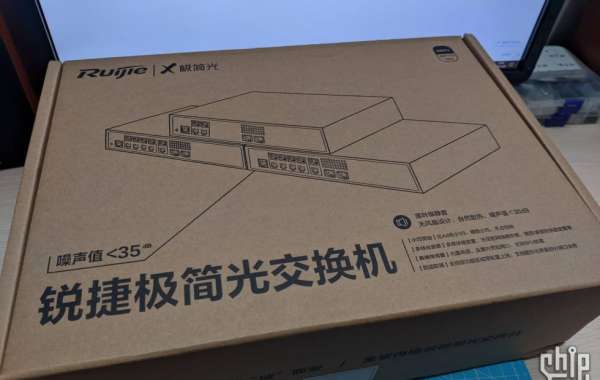Taking Tokenview as an example, as the world's largest full-currency blockchain data platform, Tokenview supports 100+ mainstream public chains and more than 100,000 kinds of smart contract data queries, covering nearly all the data on the current blockchain field, and can query transactions, addresses, blocks, usdt address and other information.
Each transaction on the blockchain mainly involves the transaction addresses of both parties, and these transaction data are packaged to generate data blocks. Users can search on the Tokenview homepage by address, transaction hash, or blockchain height.
- At the bottom of the home page, 100+ blockchain browser portals are provided, and users can see the specific data on the mainstream public chain, including currency prices, 24h rise and fall, and the latest block information (note: The Bitcoin protocol stipulates that the whole network will generate a block every 10 minutes, and miners will be rewarded with about 12.5 bitcoins after completing the calculation task to discover a new block, which is also known as a block burst.) , the latest block time, total transaction and other information.
- Each public chain supported by Tokenview has its own specific browser, such as Bitcoin blockchain browser can only query the relevant block information of Bitcoin, Ethereum blockchain browser can only query the relevant block information of Ethereum. Taking BTC as an example, after clicking into a main chain, you can see more detailed information, including the computing power of the whole network miners, the number of transactions on the 24h chain, the mining difficulty, the number of coin addresses, the number of daily transactions, etc.
- If you want to query more information, you can click the "Chart Indicator" module on the main page, enter the name of the chain, you can see all the data at a glance.
Common terms for blockchain browsers
Block Hash: Refers to the hash value of this block, calculated from the parent hash. When you want to view a block, you can query through the block hash.
Block Height (Block Height) : born from the genesis block, the fast height is recorded as 1, and every time a block is generated (different public chains, the number of blocks generated at a time is not necessarily 1, such as Filecoin), +1.
Transactions: Refers to the total number of transactions contained in the block, including the number of ordinary transactions and the number of automatically executed smart contracts.
Block Reward: The number of coins contained in this block.
Size: The block size is not a fixed value, related to the number of transactions, but the maximum value of each block is 2M.
Transaction Fee: Transaction fee in Ethereum = Gas Used *Gas price. The transaction fee is related to the number of bytes taken up by the transaction, not the size of the transfer amount.
Gas Limit: is the maximum Gas that can be Used by this block, when the consumed Gas (Gas Used) < Gas Limit (Gas Limit), the packaging can be successful, if it fails, start from scratch.
Difficulty: Measures the average number of operations required to mine a block, reflecting how long it takes to mine a certain number of blocks at a certain difficulty. There is also a Total Difficulty, which is the sum of the mining difficulties of all blocks on the public chain.














